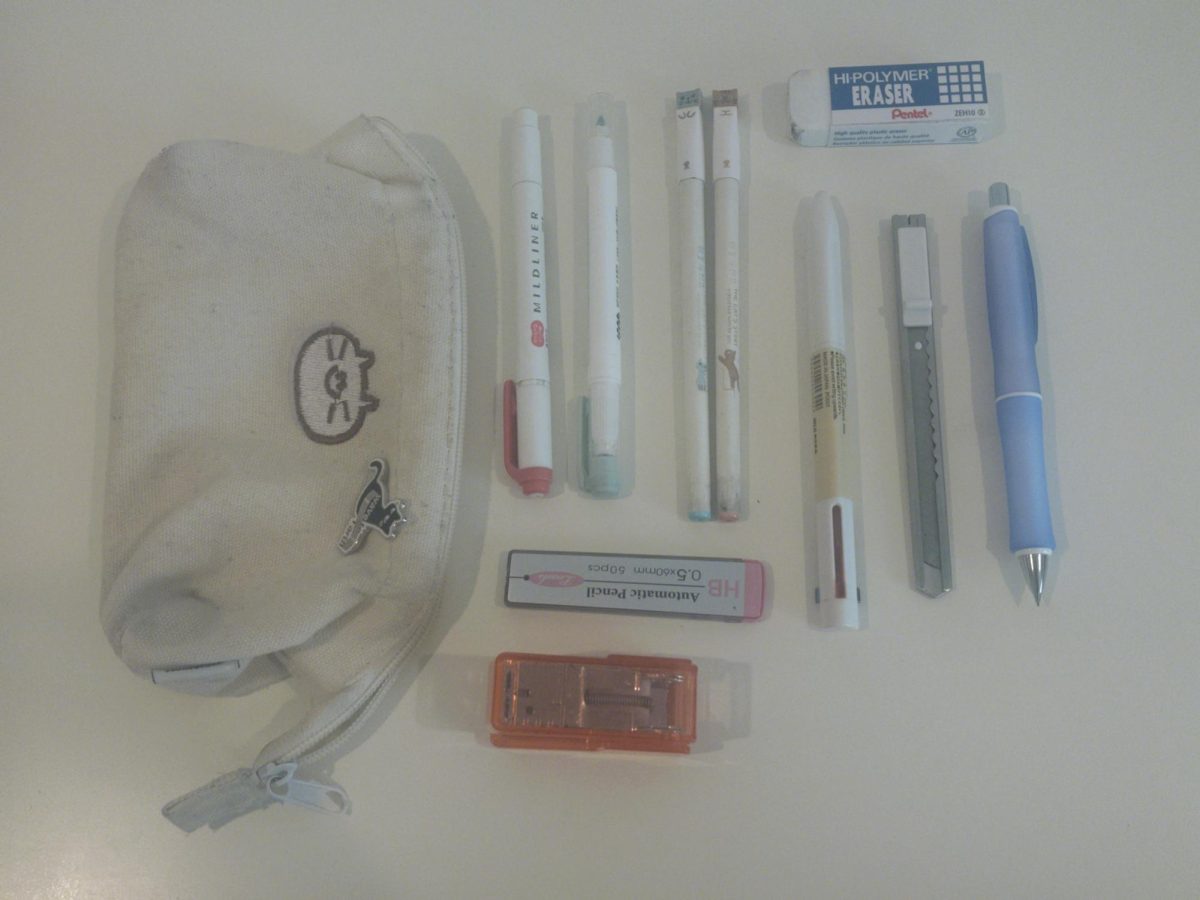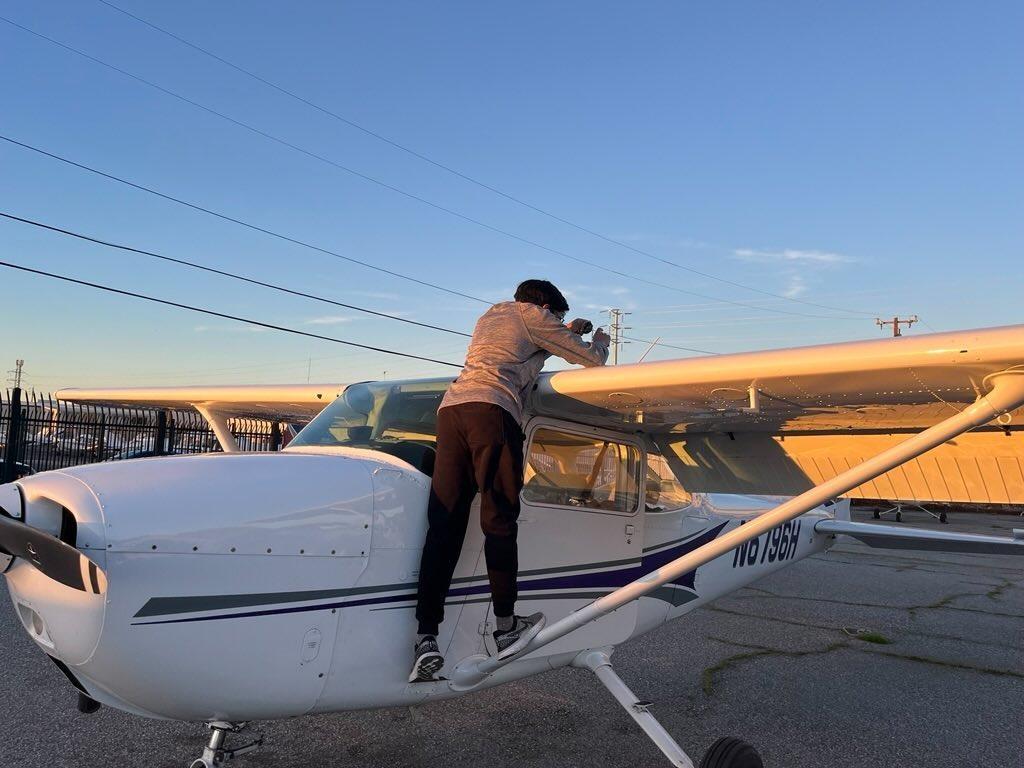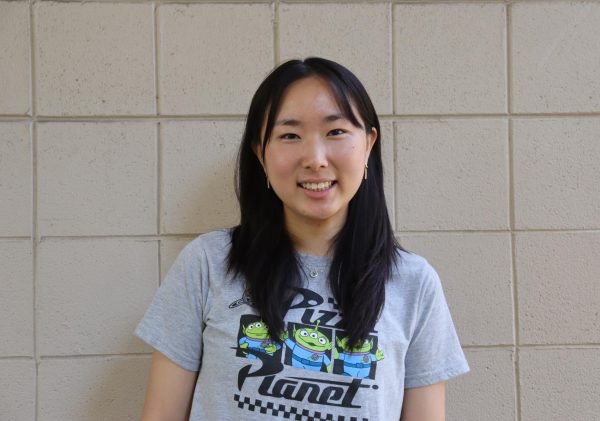Senior Anand Agrawal’s parents gave him the gift of three demo flights for his 11th birthday. Six years later, he is now licensed to fly a Cessna 172 plane on his own.
His first three flight lessons took place at the flight school AeroDynamic Aviation in East San Jose. During the lessons, his instructor allowed him to conduct simple control over the plane once it was 5,000 to 6,000 feet in the air.
“Ever since I took those three lessons, [flying] has always been in the back of my mind, but I’ve never really had the opportunity to go back,” Agrawal said.
Since the minimum age to get a pilot’s license is 17, he couldn’t pursue flying until he reached high school. Meanwhile, he sometimes visited San Francisco Airport to watch planes. His favorite viewing spot is BayFront Park, where there’s a clear view of planes taking off 200 to 300 feet away on four runways.
After turning 17 last year, Agrawal decided to begin taking lessons in July.
To attain a pilot’s license, the first requirement is to pass a written exam, which has around 40 multiple choice questions surrounding all federal aviation regulations and functions of a plane. Trainees are also assigned to a Chief Flying Instructor (CFI), who teaches them how to fly a plane for a required number of hours, which varies depending on the flight school and whether the CFI thinks the trainee is ready. Once the trainees have completed the required number of hours flying with an instructor, they are ready to fly solo, and can begin training by themselves.
“The big thing about flying is that it’s so much more different from getting a driver’s license,” Agrawal said. “First of all, there’s a hard set minimum on the amount of hours you have to do along with just knowing how to functionally operate the plane. You have to know every rule and regulation surrounding flight, and how your plane works.”
Agrawal’s CFI was Bradley Collins. After training with Collins for 30 hours, Agrawal was able to fly solo in November.
Upon learning how to solo, trainees are required to complete a list of flying requirements, one of them being cross country flying, which is any solo flight of over 50 miles. Agrawal did a long cross country solo flight of over 150 miles, flying to Paso Robles and back.
“My flight instructor was really nice and kept pushing me to go,” Agrawal said.
In addition to all of these requirements, there is a license test, also known as the checkride. The checkride test takes three hours to complete, along with a three-hour flying exam. The flying exam evaluates trainees on around 100 tasks, and if any one of the tasks don’t meet the satisfactions, then the trainee cannot pass the test.
By flying three to four hours a week and spending 400 hours intensively studying for his license, Agrawal was able to pass the test on his first try and attain his pilot license on Jan. 22.
“Flying is really relaxing, even though there’s a lot of multitasking going on,” Agrawal said. “There’s just something about being in the air at 6,000 feet by yourself. It’s just an unmatched feeling.”
Agrawal’s pilot license is rated to fly a Cessna 172, a single engine plane that has under 200 horsepower and can seat up to four people. His favorite landing places include Half Moon Bay and the Norman Y. Mineta San Jose Airport.
“The approach onto Half Moon Bay is just beautiful because you have the entire ocean to your left and the mountains to your right,” Agrawal said. “San Jose Airport is also really nice to land because it has huge runways and you’re landing next to big commercial jets that are right in front of you.”
Though Agrawal doesn’t have plans to become a professional pilot, he does plan on studying aerospace engineering in college and getting more instrument, commercial and twin ratings, which are official skills to attain as a pilot.
“I can’t see myself going down that [airline pilot] career path,” Agrawal said. “But a pilot’s license is a lifelong skill in my opinion, and it’s something that I really want to be able to enjoy for the rest of my life.”




























